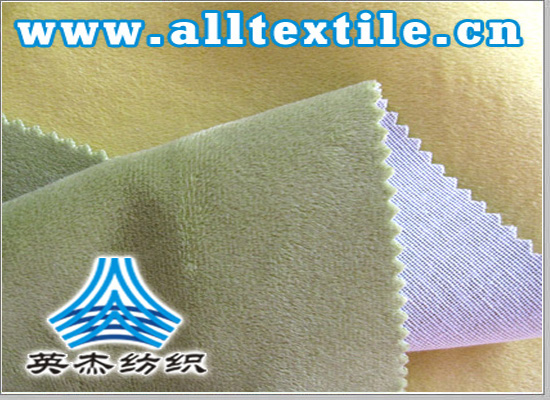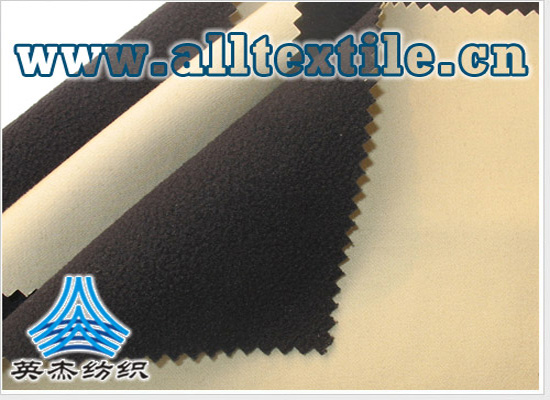Application of magnesium hydroxide in glass fiber composite materials
Glass fiber reinforced plastic, also known as polyester fiberglass, one of its main components is composed of unsaturated polyester resin and glass fiber. Because of its characteristics of easy processing, light weight, high strength, corrosion resistance, good electric heating performance, and low cost, it is widely used in industry, construction, transportation, mining and other fields. However, FRP made of polyester resin is flammable, and 20% is the combustion oxygen index (LOI) of unsaturated resin. Therefore, in actual use, it is necessary to enhance the flame retardant function of FRP.

In the past, halogen-containing organic flame retardants were the most commonly used method, but they would release a large amount of black smoke and toxic gases when burned, and their use has been gradually restricted. In recent years, due to concerns about fire prevention and the safety of life and property, there has been an increasingly urgent need for polyester FRP with functions such as halogen-free, smoke suppression, and flame retardancy. Therefore, a new inorganic flame retardant, magnesium hydroxide, has been increasingly used.
In the past, aluminum hydroxide was the most commonly used inorganic flame retardant in flame-retardant FRP. It also has many advantages such as non-toxic, non-toxic, flame retardant, and smoke suppression. However, the disadvantage of ATH flame retardant is its low heat resistance temperature. The heating temperature area is 205℃, which is stable. Once it exceeds 220℃, it will decompose. Therefore, when using this type of polyester FRP, attention should be paid to the temperature limit of 205°C, and the application range is subject to certain restrictions.
Compared with aluminum hydroxide, the flame retardant and smoke elimination mechanism of activated magnesium hydroxide is very similar to that of aluminum hydroxide, but activated magnesium hydroxide has many outstanding advantages that aluminum hydroxide does not have.

First of all, the decomposition temperature of magnesium hydroxide is relatively high. It does not start to decompose into H2O and MgO until it is heated to 340°C. It not only has good flame retardant effect, but can also meet the market demand for flame-retardant fiberglass with higher temperature resistance.
Secondly, the active MgO generated by the decomposition of magnesium hydroxide can easily absorb free radicals and carbon, which can delay the ignition of the material. Its catalytic oxidation function can reduce the generation and escape rate of smoke.
In addition, the smoke suppression ability of magnesium hydroxide is twice that of aluminum hydroxide, which can better prevent environmental pollution during combustion. Moreover, magnesium hydroxide has a short processing flow and low production cost. The market price is only half of that of aluminum hydroxide, but its flame retardant effect is equivalent to adding the same amount of aluminum hydroxide.
In addition, the magnesium hydroxide modified by the coupling agent can increase the amount of magnesium hydroxide in the polyester FRP, which helps to increase the oxygen index value and further reduce costs. It is also feasible to use magnesium hydroxide alone as a flame retardant for polyester FRP.
Some knowledge about high purity magnesium hydroxide
High-purity magnesium hydroxide: It is a white amorphous powder, and its aqueous solution is alkaline. Soluble in dilute acid and ammonium salt solutions, almost insoluble in water and ethanol. It is characterized by large particle size, high purity, good whiteness, and easy absorption of carbon dioxide in the air. It is a commonly used raw material in industry.
The preparation methods of magnesium hydroxide are:

1. Physical crushing method
The physical crushing method refers to directly crushing the ore, and then through dry coarse grinding and wet ultra-fine grinding to obtain magnesium hydroxide products of the required particle size grade. The more commonly used ore is brucite.
2. Ore calcination hydration method
In this method, the ore is calcined, and the prepared magnesium oxide is hydrated to prepare magnesium hydroxide, which is a process of dissolving magnesium oxide and precipitating magnesium hydroxide, in which the dissolution of magnesium oxide is the control step. Due to different ore compositions, magnesite is more commonly used.
3. Liquid phase precipitation method
There are two sources of raw materials for this method. One is that magnesite, dolomite, serpentine, etc. are treated with acid hydrolysis or other methods to obtain magnesium salts, which are precipitated with alkali to prepare magnesium hydroxide. One is to precipitate magnesium salts obtained from seawater, salt lake water and well brine with alkali to prepare magnesium hydroxide.
Magnesium hydroxide application fields
1. Magnesium hydroxide is an excellent flame retardant for plastic and rubber products. In terms of environmental protection, as a flue gas desulfurization agent, it can replace caustic soda and lime as a neutralizing agent for acidic wastewater. It is also used as an oil additive for anti-corrosion and desulfurization. In addition, it can also be used in the electronic industry, medicine, sugar refining, insulation materials and the manufacture of other magnesium salt products.
2. Magnesium hydroxide has excellent buffering properties, reactivity, adsorption, and thermal decomposition properties. It can not only be used as a chemical material and intermediate, but also a green and environmentally friendly flame retardant and additive for rubber, plastics, and fibers. and resin and other polymer materials industry. Magnesium hydroxide is mainly used in the field of environmental protection as a flame retardant, acidic wastewater treatment agent, heavy metal remover, flue gas desulfurizer, etc.��application.
3. This product can be used as a flame retardant or flame retardant filler to be added to polyethylene, polypropylene, polystyrene and ABS resin. It has good flame retardant and smoke elimination effects. The adding amount is 40 to 20 parts. However, anionic surfactants need to be used to treat the particle surface. Cheap anionic surfactants such as alkali metal salts of higher fatty acids or alkyl sulfates and sulfonated succinates can be used, and the dosage is about 3%. This product is also used in the manufacture of magnesium salts, refining of sugar, pharmaceutical industry, daily chemical industry, etc.
4. Magnesium hydroxide is a new type of filled flame retardant. It releases bound water during thermal decomposition and absorbs a large amount of latent heat to reduce the surface temperature of the synthetic materials it fills in the flame. It has the ability to inhibit polymer decomposition and Cools the combustible gases produced. The magnesium oxide generated by decomposition is a good refractory material and can also help improve the fire resistance of synthetic materials. At the same time, the water vapor it releases can also be used as a smoke suppressant.
Magnesium hydroxide is recognized as an excellent flame retardant in the rubber and plastics industry with the triple functions of flame retardant, smoke suppression and filling. It is widely used in rubber, chemicals, building materials, plastics and electronics, unsaturated polyester and paints, coatings and other polymer materials. Especially for the flame-retardant, smoke-eliminating and anti-static coating of mining air duct coatings, PVC whole-core conveyor belts, flame-retardant aluminum-plastic panels, flame-retardant tarpaulins, PVC wire and cable materials, mining cable sheaths, and cable accessories. , can replace aluminum hydroxide and has excellent flame retardant effect. Magnesium hydroxide has better smoke suppression effect than similar inorganic flame retardants. Magnesium hydroxide does not emit harmful substances during production, use and disposal, and it can also neutralize acidic and corrosive gases produced during combustion. When used alone, the dosage is generally between 40% and 60%. It has good compatibility with the base resin and is an excellent flame retardant for thermoplastic resins and rubber products. It is often used as an additive flame retardant or retardant in adhesives. For fuel fillers, the reference dosage is 40 to 200 parts.
Industrially used to manufacture magnesium salts, activated magnesium oxide, pharmaceuticals, fine ceramics, insulation materials, sugar refining, flue gas desulfurizers, oil anti-corrosion additives, acid-containing wastewater neutralizers, color TV picture tube cone glass coatings, etc.
5. This product is also used in the manufacture of magnesium salt, refining of sugar, pharmaceutical industry, daily chemical industry, etc. At the same time, the water vapor it releases can also be used as a smoke suppressant. Magnesium hydroxide is an excellent flame retardant in the rubber and plastics industry with triple functions of flame retardant, smoke suppression and filling.
6. The milky suspension of magnesium hydroxide is used in medicine as an antacid and laxative.





